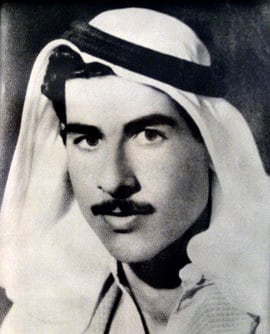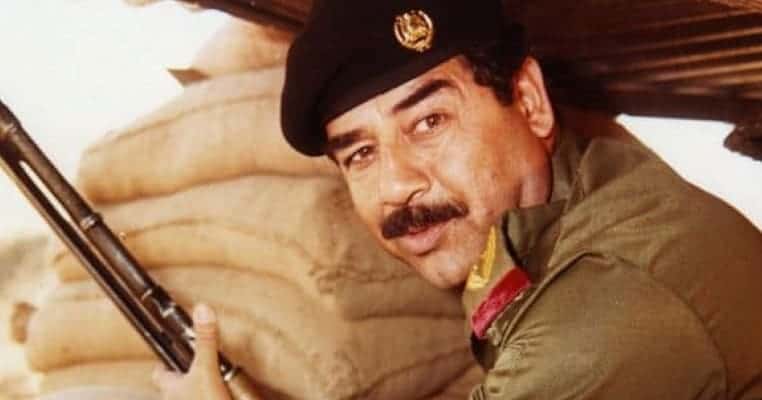Saddam Hussein was a figure whose reign of terror was supported by the United States until he could no longer fulfill its political agenda in the Middle East. He was overthrown by the country that had previously supported him and then executed by his own. Keep reading to learn more about this infamous dictator.

30. He Was Born in 1937
Saddam Hussein was born on April 28, 1937, in the Iraqi city of Tikrit. His father was a shepherd, and both he and Saddam’s older brother died, presumably from cancer, while his mother, Sabha, was pregnant. By the time he was born, she was consumed with grief and depression.

